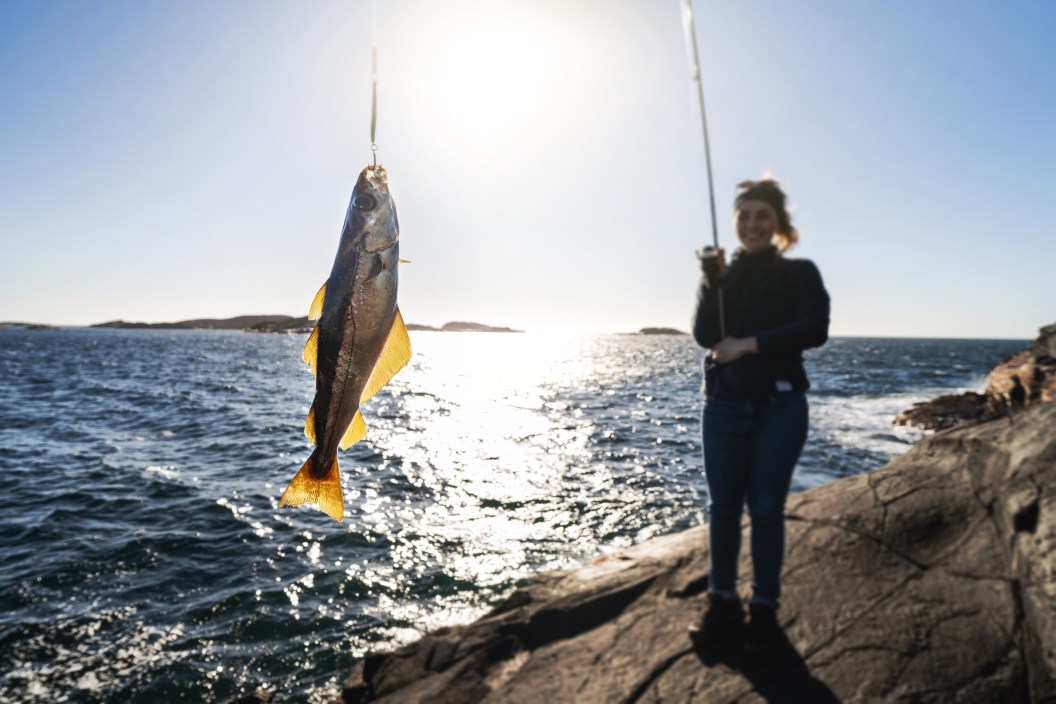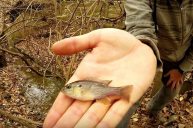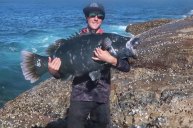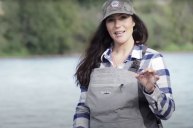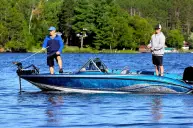I grew up fishing. But as I got older, my interest waned. I didn't have my father to coordinate all of the logistics: where to fish, the equipment we needed, and transportation. But I realized I was also anxious to go fishing by myself because of the lack of representation of women in fishing.
The Recreational Boating and Fishing Foundation (RBFF)'s "Find Your Best Self on the Water" campaign aims to fix my problem. The Take Me Fishing initiative hopes to raise awareness of the many very real benefits—like increased confidence, happiness, patience, and perseverance—fishing can have for women.
The Challenges for Women in Fishing
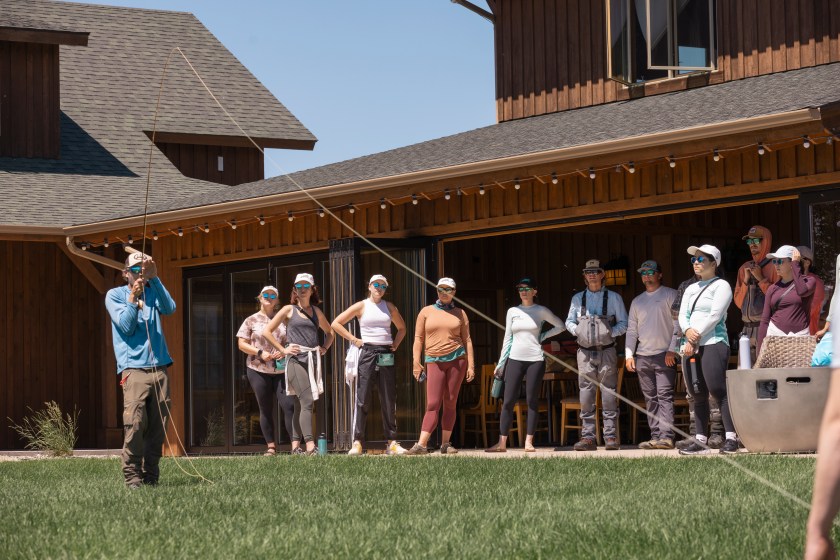
Photography by Lacey Criswell
To be clear: It's not that women don't want to participate or are not interested in fishing. The female angling population has increased by 3.8 million since 2016. In 2021 alone, women accounted for more than one-third (37 percent) of those who fished, the largest percentage on record.
However, some obstacles prevent female anglers from entering and staying in fishing. Some are encountered before they even enter the water.
1. A Lack of Female Representation in Fishing
"Women come into fishing at a really high rate, they make up almost half of all new fishing participants each year, but they drop out at a really high rate," says Stephanie Vatalaro, the senior vice president of marketing and communications at RBFF of the organization's research.
"And one of the main reasons is because they don't see themselves represented in it. They're opening catalogs, going into stores, and they don't see themselves in the marketing and advertising," she says.
2. A Lack of Fishing Gear Designed for Women's Bodies
Another barrier is finding fishing waders that fit the female body properly. Some waders are oversized, have an inadequate fit, or fail to accommodate women's natural curves. This issue holds particular significance in fly fishing, where the fit of the wader plays a crucial role in determining overall comfort in the water.
3. A Lack of Respect for Female Anglers
Lastly, Vatalaro notes that female anglers don't feel respected by the overall angling community. "They feel a little bit of this boys' club mentality and maybe there's no space there for them," she says. She adds that while the traditional participant base in boating and fishing is still the "older white male," they're working hard to recruit new generations who didn't grow up doing it.
How "Take Me Fishing" Is Helping
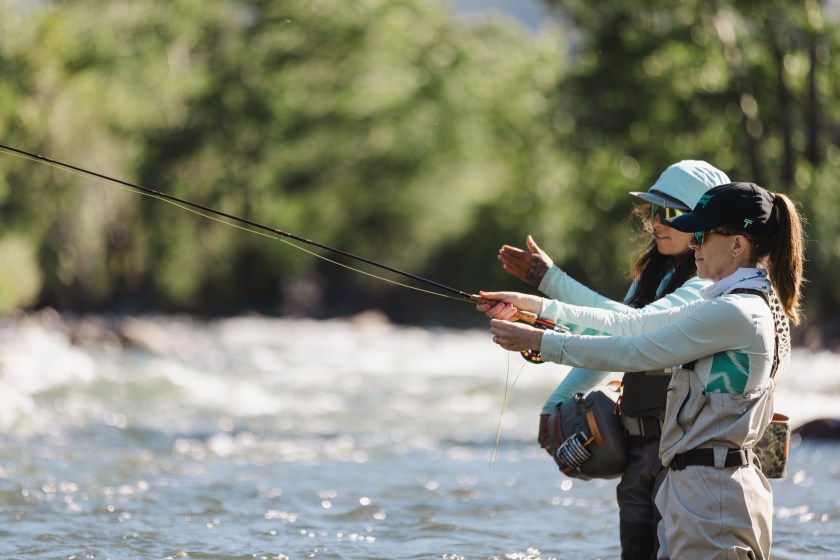
Photography by Lacey Criswell
The new campaign aimed at women is part of the RBFF's Take Me Fishing umbrella, the only fishing and boating industry campaign that's focused on participation. The organization does not lobby or sell products; it's a non-profit dedicated to increasing participation, educating, and providing resources like this location map to help women find a fishing spot near you.
The map is a pretty cool feature. After typing in my area code, the map populated different spots in the city where I could go to purchase fishing equipment, as well as locate boat ramps and fishing spots.
Through online resources, a location map, and female representation, Take Me Fishing has become more than just a campaign. It has created space for women like me and helped us envision ourselves on the water, whether it's their first or fifth time.
READ MORE: How to Score a Fishing Spot All to Yourself
